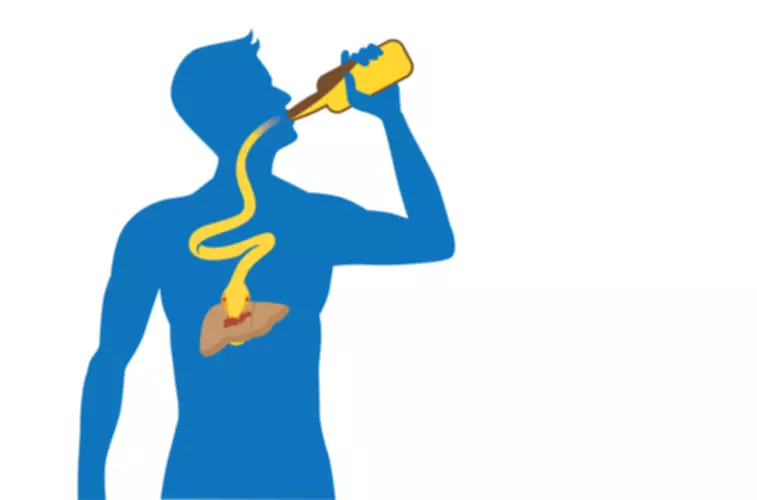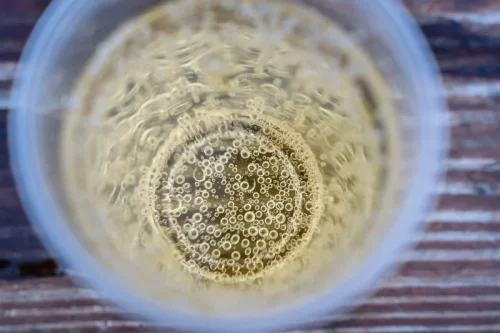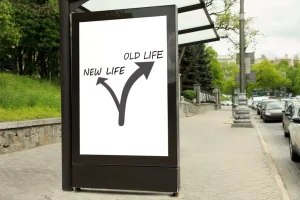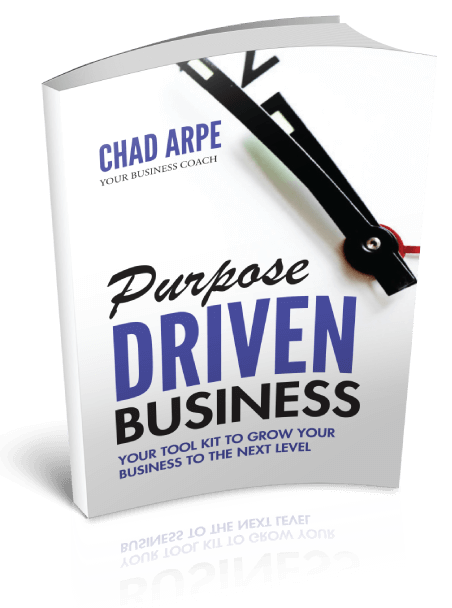
Committing to an addiction treatment program for its entire duration can help you develop the necessary skills to manage triggers before re-entering mainstream life, where there is less structure and monitoring. Individuals who stay in addiction treatment for a longer period of time (90 days or more) are more likely to maintain their sobriety in the long run. Awareness of potential triggers and reaching out to your support system when needed can help overcome the challenges posed by reminders of past use. By staying vigilant and seeking help when necessary, you can continue your recovery journey and avoid the pitfalls of relapse. You can do this process on your own, but working with a mental health professional can be helpful. Your therapist can help you figure out your triggers and come up with a plan for how to deal with your PTSD symptoms.
What Are Withdrawal Symptoms and How to Manage Them
- External triggers are factors outside of an individual that may provoke a craving or desire to return to substance use.
- In these cases, a trigger is anything that prompts an increase in or return of symptoms.
- Individuals may suffer from uncontrollable drug or alcohol cravings when exposed to certain cues.
- Negative emotions like sadness, depression, guilt, loneliness, and anger can all be potential triggers for relapse.
- This could mean places where there will be heavy exposure to drugs and alcohol or places they frequented during active addiction.
On the other hand, someone may experience cravings while feeling low or sad. Negative emotions like sadness, depression, guilt, loneliness, and anger can all be potential triggers for relapse. It’s crucial to address these negative feelings to prevent an emotional relapse. On the other hand, external triggers are people, places, and objects that remind you of past substance abuse and reinforce the desire to use drugs or alcohol. Effectively dealing with both internal and external triggers plays a significant role in maintaining your recovery goals. Well, think of them as road signs pointing toward potential relapse risks.

How to avoid addiction relapse triggers after graduating from drug or alcohol addiction treatment center.
However, the effort invested in understanding and managing these triggers can be a transformative part of an individual’s recovery journey. Effective management of internal triggers often involves learning new emotional regulations and coping strategies. These may include mindfulness practices, cognitive-behavioral techniques, and self-care routines. By developing these skills, individuals can better navigate their emotional https://ecosoberhouse.com/ landscape, reduce the power of internal triggers, and ultimately support their journey to lasting recovery. The clinicians should support the patients attempts at recovery regardless of how many times they tried in the past (and relapsed). Because addiction is a chronic relapsing disease, relapse can occur, though, at any time in the recovery processsome people relapse after having been in recovery for years.
- Learning tools to manage triggers can make a big difference in how you respond to — and ultimately cope with — them.
- The brain registers these stimuli and processes them in the same areas involved in drug-seeking behavior.
- At the Massachusetts Center for Addiction, we provide personalized, comprehensive treatment programs.
- Redirecting that energy toward things you genuinely enjoy can help break those old habits effectively.
External Relapse Triggers
Recognizing and understanding both types of triggers can significantly enhance an individual’s recovery progress and help prevent relapses. Developing strategies for processing and navigating difficult emotions is vital to prevent emotional turmoil from leading to a relapse. This might include seeking professional help, such as therapy or counseling, to better understand and manage these emotions. By proactively addressing emotional turmoil, you can maintain your sobriety and continue on your recovery journey. Emotional turmoil is a set of intense emotions such as sadness, depression, and anger, which can be a trigger for an emotional relapse.

How do you identify a trigger?
Some might even be traumatizing enough to provoke harmful coping mechanisms, including self-harm, harming others, and substance abuse as well. Understanding internal vs external triggers and managing external triggers is a crucial part of the recovery journey. It requires vigilance, resilience, and a commitment to ongoing self-improvement.

Create healthy habits
Attending therapy is also a good way to help with processing internal triggers. By attending therapy sessions once a week, you will be able to sit and talk with someone who can listen and provide valuable insight. It is encouraged that when a person starts their journey of recovery, they plan to avoid situations that could possibly trigger them, and plan for what to do when cravings arise. Some come from external sources, while others come from internal sources. By recognizing your triggers and where they are coming from, you can better manage them and prevent a potential relapse.

Dealing with mental relapse and understanding emotional relapse involves a constant internal battle between abstinence and temptation. Physical relapse, on the other hand, includes experiencing withdrawal symptoms from the absence of drugs and alcohol. In either case, understanding your triggers forms a significant part of a successful recovery journey. To cope with internal triggers, developing a sober support system is extremely valuable. By attending any kind of twelve-step meetings such as Alcoholics Anonymous or Narcotics Anonymous, people will be able to form healthy relationships with others who are in recovery and have more time clean and sober. Being able to talk to someone who has experience dealing with triggers personally is one of the best resources to have.
Avoiding recurrence of misuse
Staying proactive by finding new, enjoyable activities and avoiding overwhelming feelings is an effective way to combat boredom. Engaging in fulfilling activities that replace substance use can help you stay on the right track and maintain your sobriety. As a result of this increased awareness, your emotional reactions may feel more understandable, valid, predictable, and less out of control. Williams says you can be proactive by identifying your options before you head into an unfamiliar environment. If you’re at a party where you don’t know a lot of people, you can ask a friend for their car keys, in case you need to take a second to step out.
These programs are designed to hold you accountable and build a strong support system. Learning tools to manage triggers can make a big difference in how you respond to — and ultimately cope with — them. In rats and humans, the hormone corticosterone increases the level of dopamine, a brain chemical that plays a major role in reward-seeking behavior, in the brain in response to stress. The Marquette researchers stated a stressed animal previously exposed to cocaine will crave the drug because the dopamine surge from cocaine trumps the release of stress-related dopamine. A study of rats by the University of Michigan found that the rats largely preferred rewards that triggered the brain’s amygdala, part of the limbic system that produces emotions. The researchers also discovered that the rats were inclined to work harder to obtain the reward that triggered the amygdala than the same reward that did not trigger any emotion in the brain.



